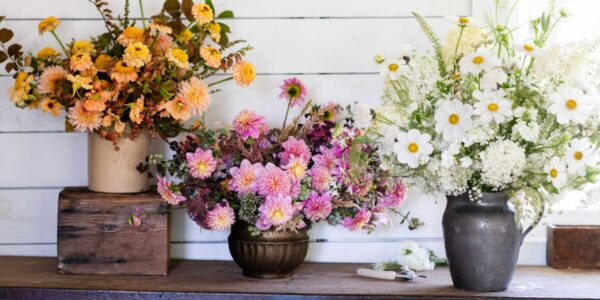
Plum and prune trees
Three main categories of these fruits are grown in the diverse climates of North America.
European types, such as ‘Greengage’, are at their best in the Northeast and the north-central states, but they also produce good crops in the West. (Prunes are European plum varieties with a high sugar content, a trait which makes them suitable for sun-drying.)
Japanese plums, including ‘Santa Rosa’ and ‘Satsuma’, are somewhat less hardy. They’re widely grown in the South and West.
A third category, the hardy hybrids, dominates in regions with severe winters ― the Dakotas, Minnesota, and the Canadian prairies. This group includes some small-fruited types known as cherry-plums.
Most European plums don’t require a pollenizer. Japanese plums, however, generally produce better crops when cross-pollinated, so plant two varieties. Pollination needs of the hardy hybrids vary; check with local nurseries or your Cooperative Extension Office.
Standard plum trees of all types will attain 30 feet tall and 25 feet wide, but can be kept to 15 feet high and broad with pruning. Dwarf sorts typically reach 8 to 10 feet.
Training and pruning
Plum and prune trees can be trained to a central leader, modified central leader, or open center.
Mature European plums require limited pruning, mainly to thin out annual shoot growth. Japanese and hardy hybrid plums are more vigorous. Each year, prune overly long shoots: head them back to side shoots or remove them completely if they are badly placed or crowded.
Pests and diseases
The more humid the climate, the more troublesome are plum curculio (which infests the fruit) and the diseases bacterial canker and brown rot of stone fruit. If you have only a few trees, try controlling the curculio with traps.
To control brown rot, prune trees to improve air circulation; also collect and dispose of diseased fruit. For chemical controls and timetables for treatment, contact your Cooperative Extension Office.
